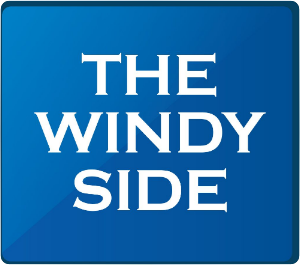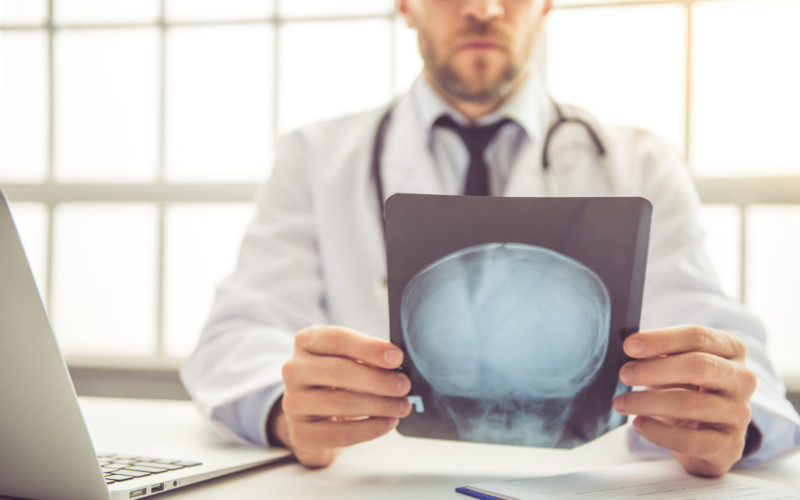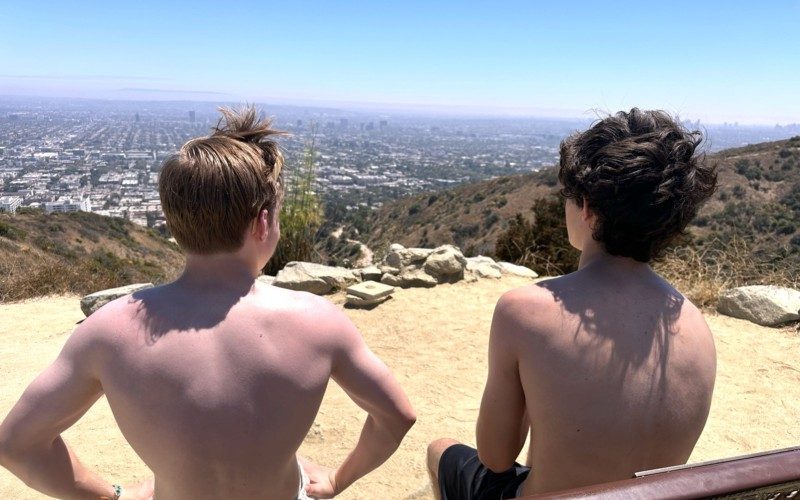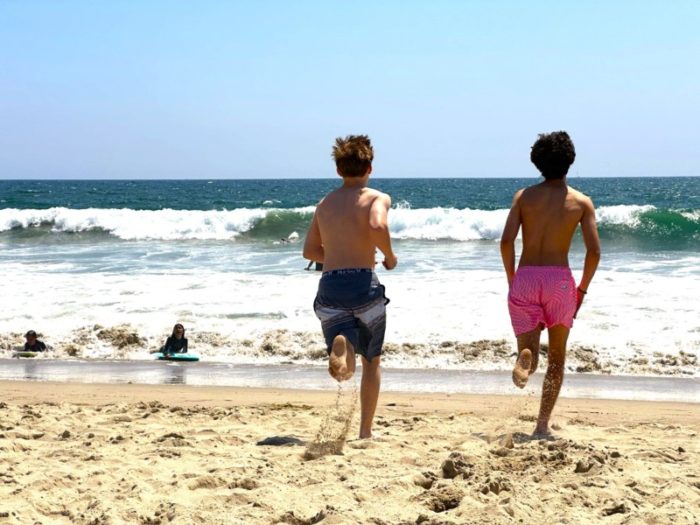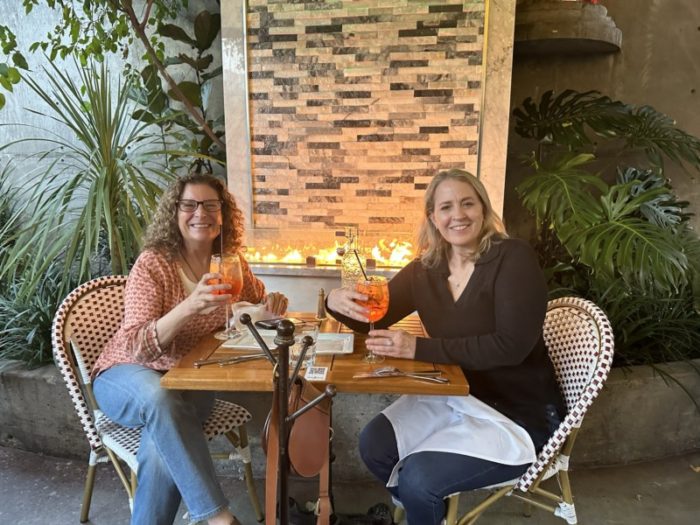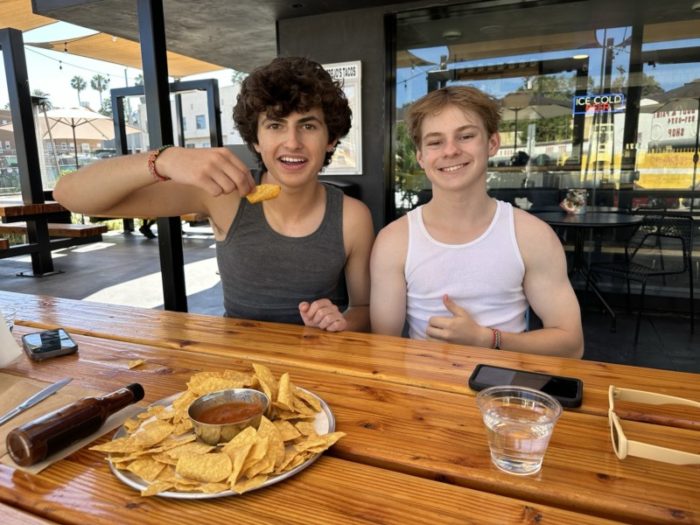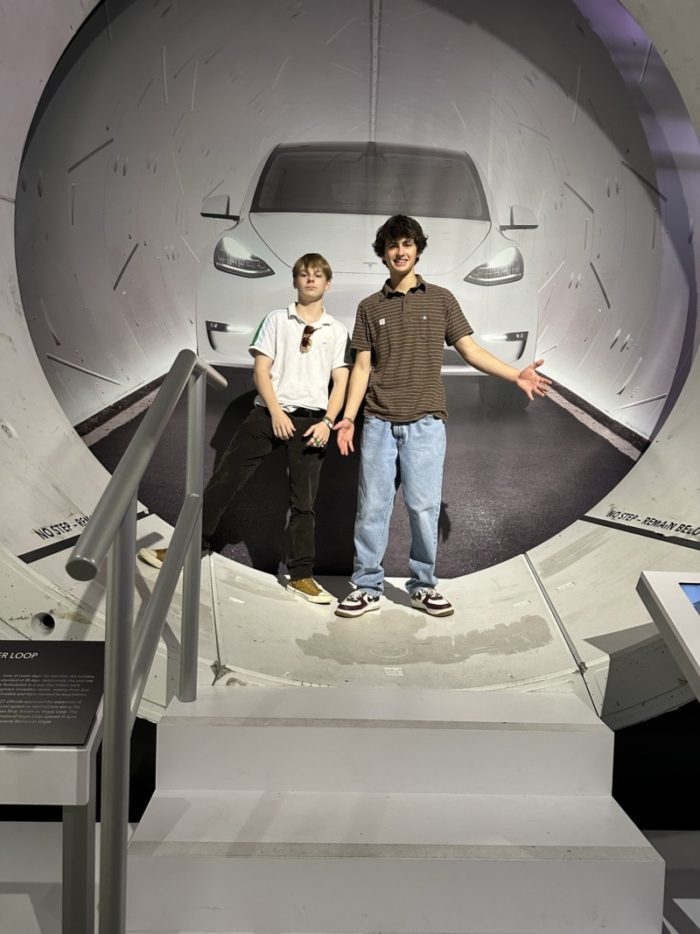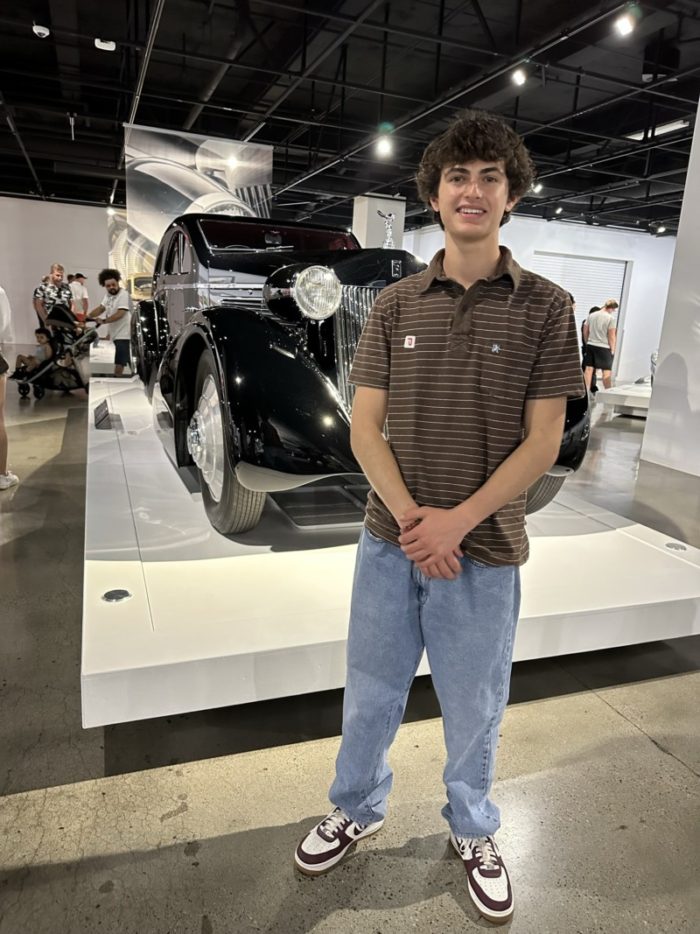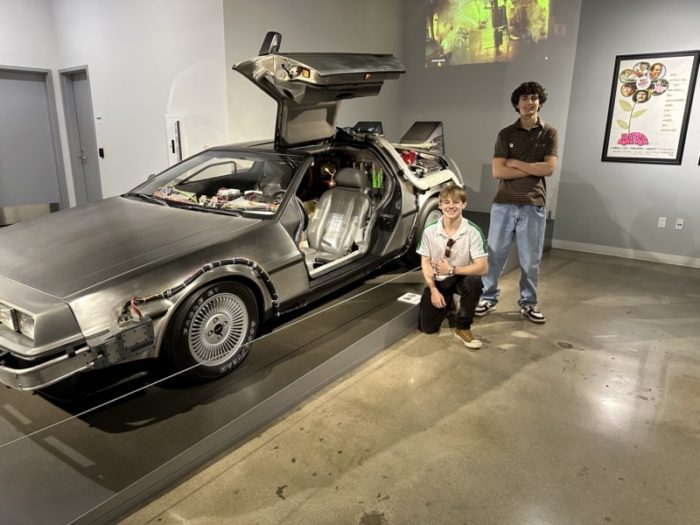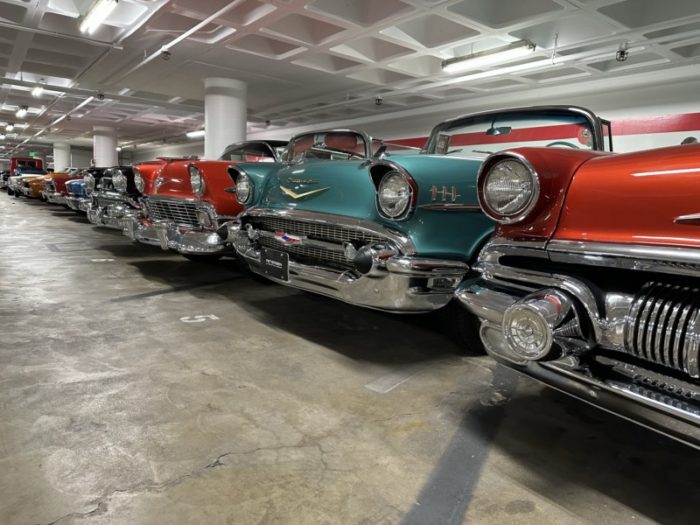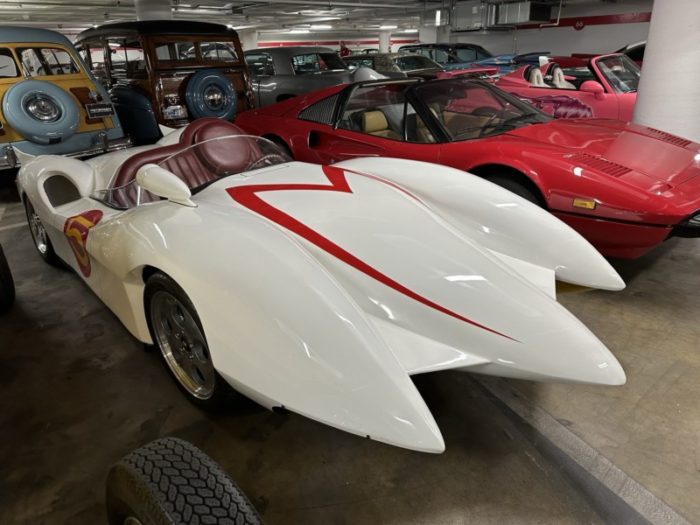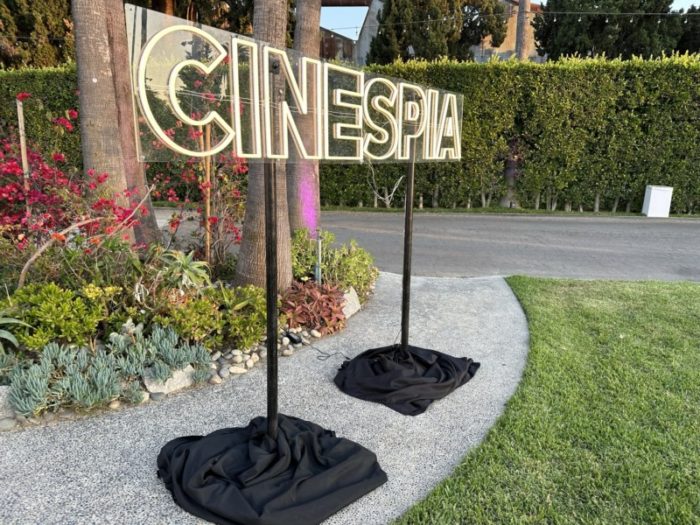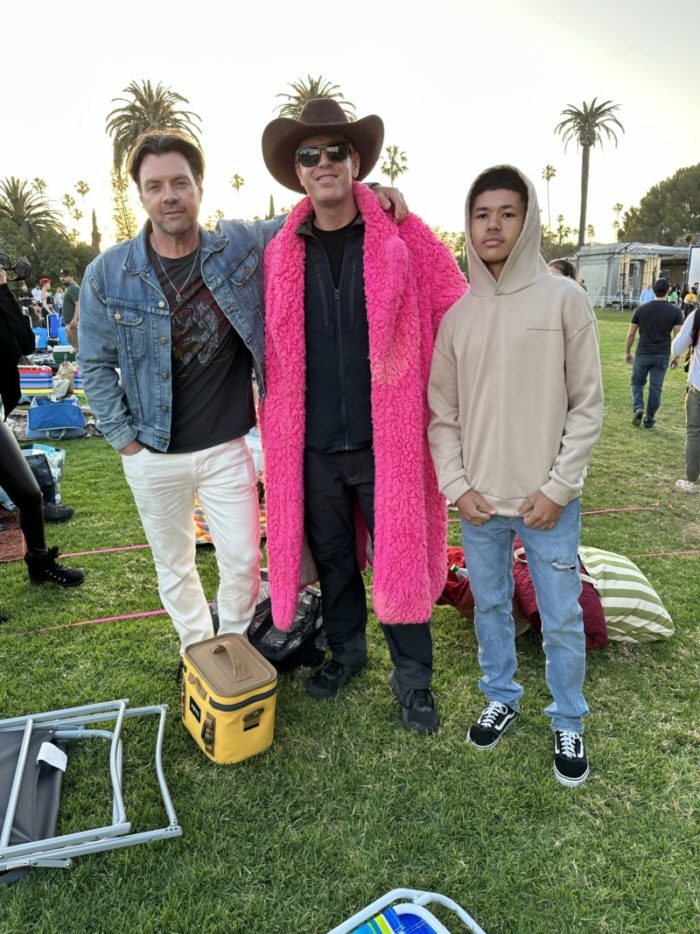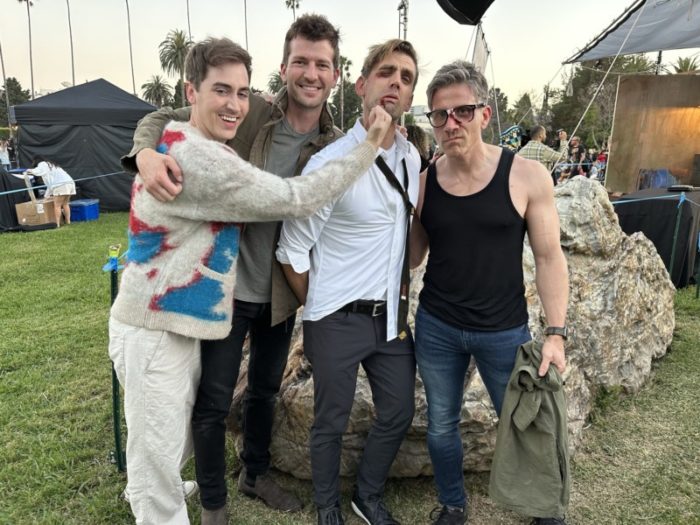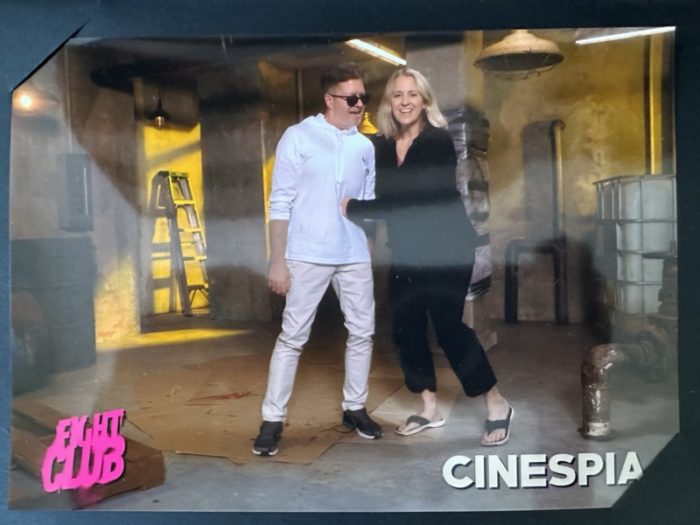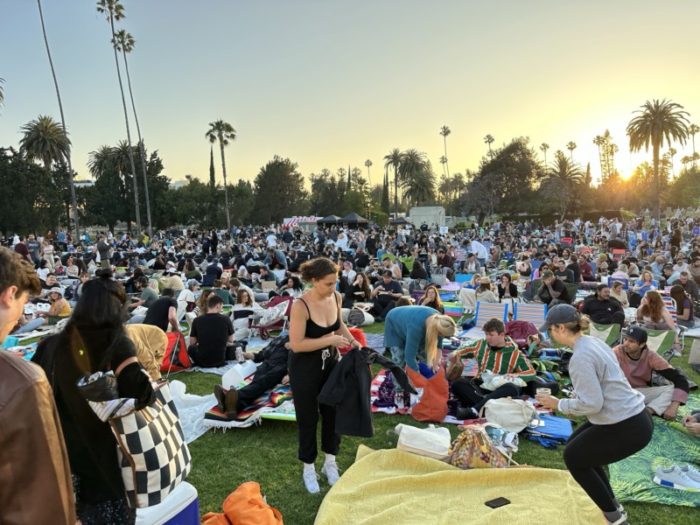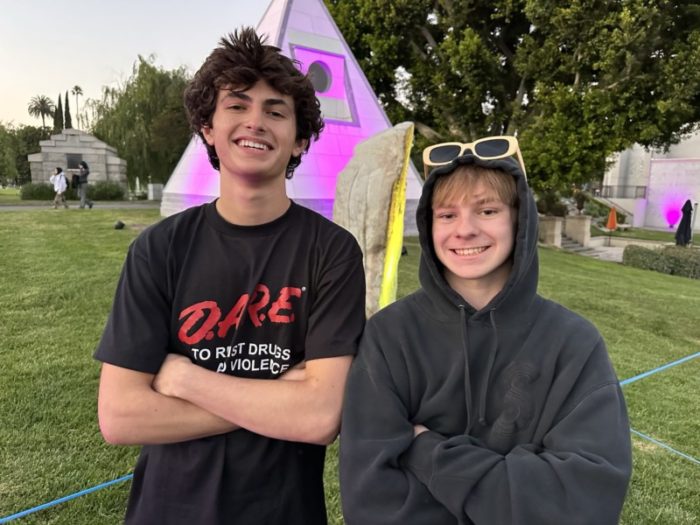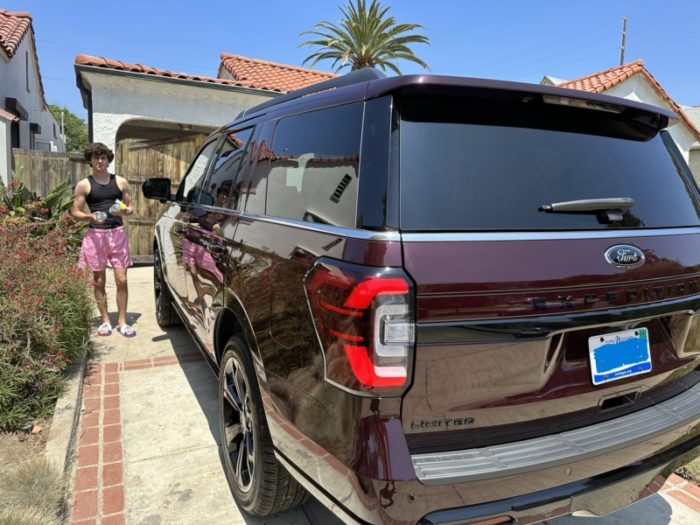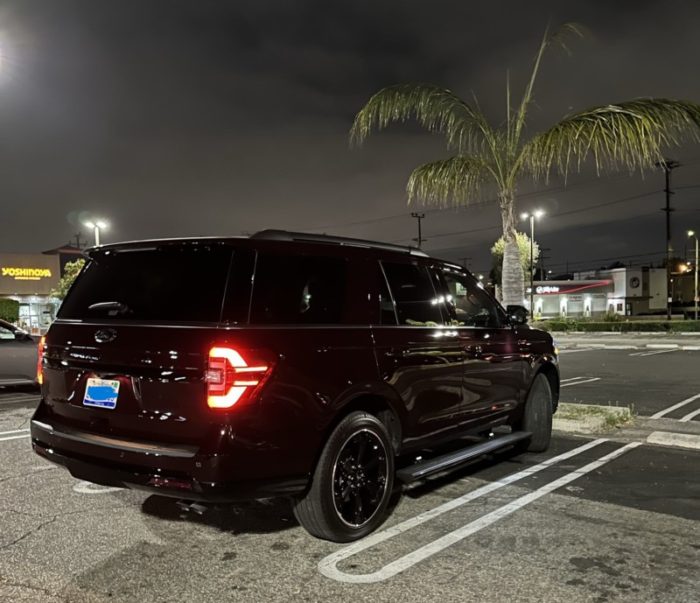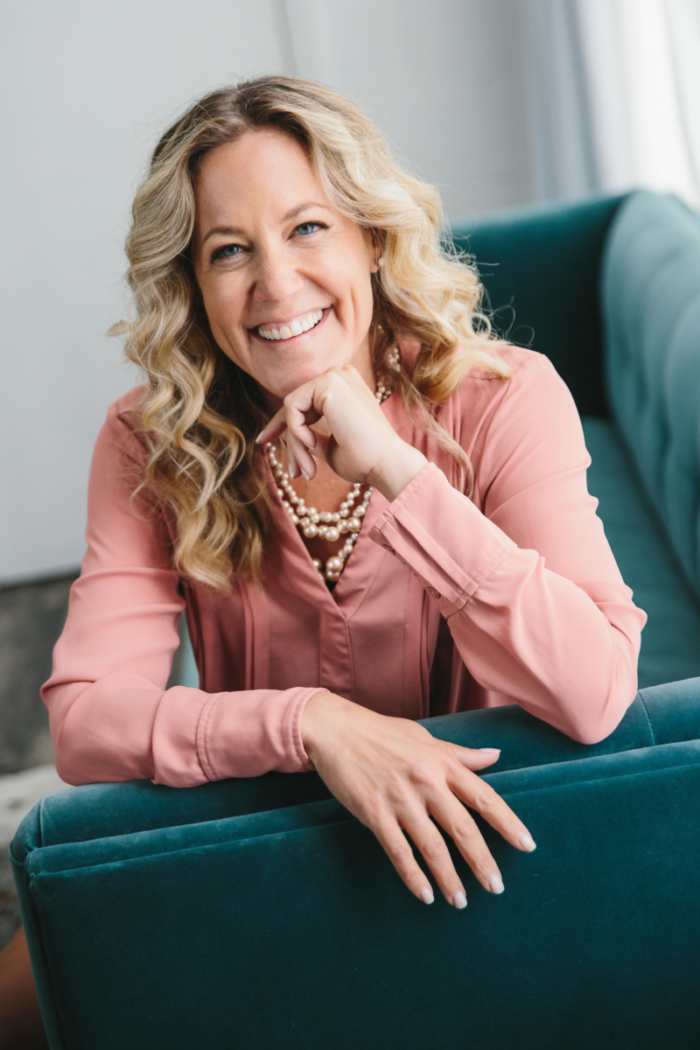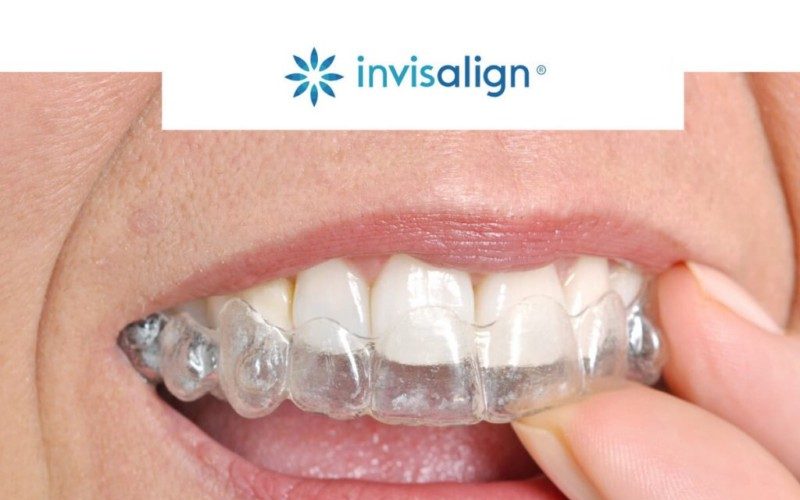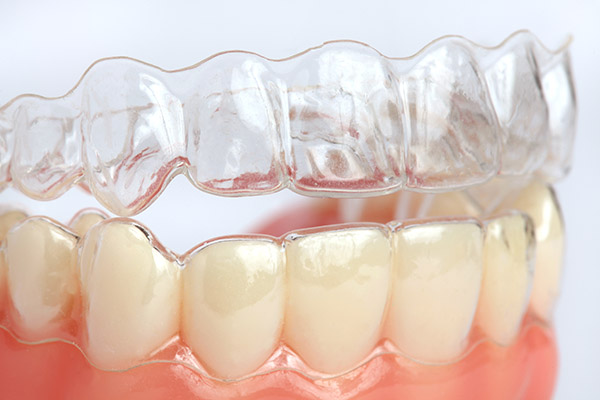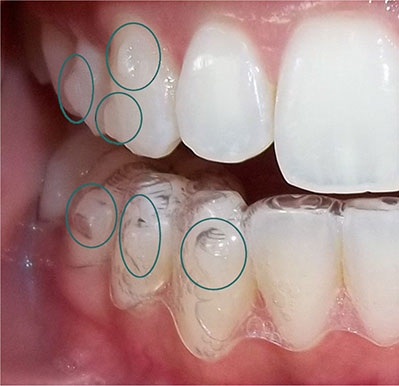By Sai Mattapalli and Rohan Kalahasty, Founders and CEOs — Vytal
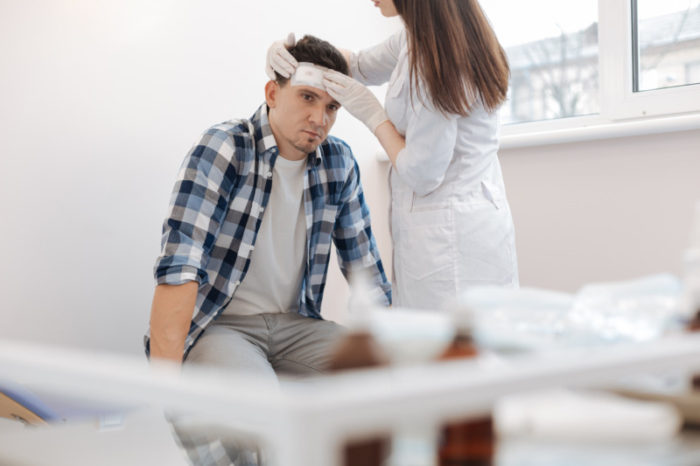
The medical field is full of technological innovation, with plenty of exciting new technologies that could improve patient care. One of the most exciting innovations in the medical industry is gaze tracking. This technology is based on the concept that the eyes are a window into the mind, meaning they can provide a comprehensive and — most importantly — quantitative evaluation of the patient’s brain health. This data can then be used to create an exciting new approach to neurological diagnoses and brain health.
Part of what allows gaze tracking to stand out compared to other tools is its ability to be calibrated to the patient’s specific needs and environment. Many tests used to be generalized, which works when identifying outward, common symptoms, but fails to recognize the nuance of brain injuries. Because of the unique nature of each individual’s brain anatomy, it stands to reason that brain injuries and neurological disease will affect each person differently.
Gaze tracking and concussion care
One of the reasons why AI-powered gaze tracking is such an exciting tool is that it can provide a powerful alternative to traditional concussion tests. Not only are concussion tests time-consuming, but they are also highly subjective and inconsistently applied. This is particularly the case if athletes underreport their symptoms or the medical personnel administering the test are insufficiently trained.
On the other hand, advanced screening tools that integrate gaze tracking can detect concussions much more quickly, efficiently, and reliably. This facilitates immediate action, significantly reducing the potential for an undetected concussion to escalate into something more serious. Untreated concussions can cause undesirable effects like headache, confusion, and nausea, or even cause one to become more susceptible to future traumatic brain injuries.
Gaze tracking to test for neurological disease
However, it’s not just the diagnosis of concussion that this exciting technology could help with — it has also shown the potential to be used to screen for the early signs of neurological disease. With gaze tracking, patients’ conditions can be identified and diagnosed early, ensuring they receive timely treatment, and ultimately preventing the onset of large-scale permanent damage.
One of the main benefits of this approach to testing for neurological disease is that it is quick and entirely non-invasive. This is a stark contrast to the traditional methods of testing for these diseases, such as CT scans, MRIs, electrodiagnostic tests, or spinal taps — which can be uncomfortable for the patient and often take days or weeks to deliver actionable results.
In contrast, gaze biometrics can give results to patients and their medical providers almost immediately. The readouts given by these tests are quantitative and interpretable, giving medical professionals actionable data to work on. Additionally, this technique allows the condition to be identified at earlier stages of the disease. The characteristic symptoms generally used to diagnose neurological disease often appear too late — after the damage has already been done — while gaze biometrics can show signs of disease in its earliest stages.
Gaze biometrics have also proven useful for longitudinal tracking beyond the initial diagnosis. Medical personnel can use gaze tracking to monitor cognitive decline, evaluate treatment responses, develop personalized medicine, or help maintain patients’ mental health. These capabilities could allow the technology to become an integral part of the treatment of patients experiencing cognitive decline.
Technological advances in the medical industry, such as gaze tracking, are paving the way for a future where patients can receive better, more personalized, and quicker care for brain injuries or neurological disease. With these new developments, care providers will hopefully be able to treat these conditions before they cause any long-term effects for their patients.
